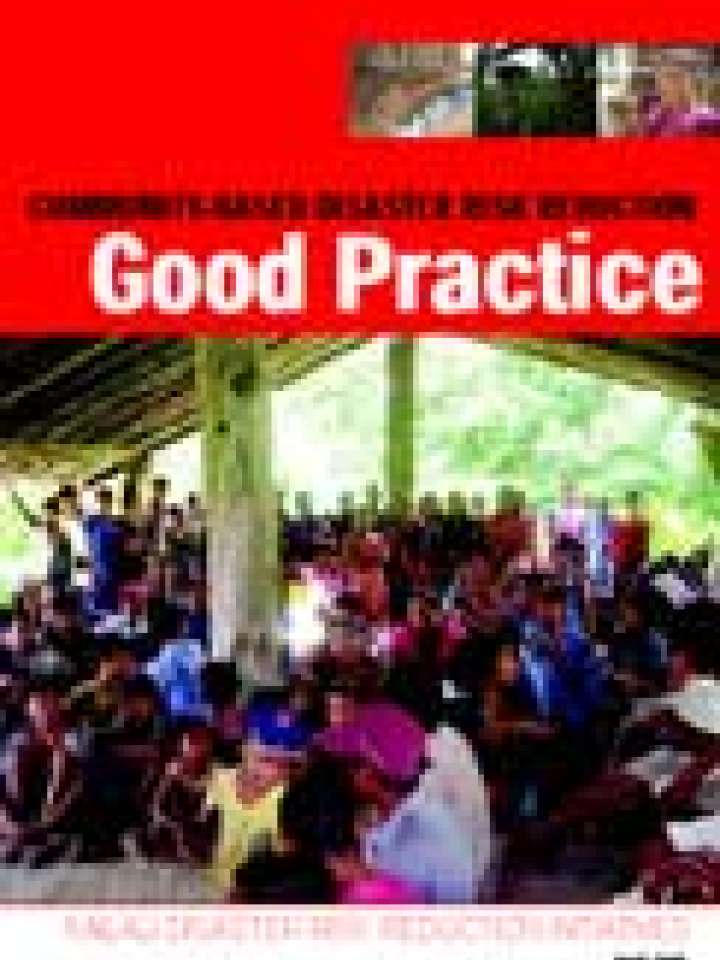Community based disaster risk reduction: good practice
Kailali disaster risk reduction initiatives:
This report identifies ten risk reduction practices which were successfully implemented in the pilot communities and are replicable elsewhere. Its objective is to encourage knowledge and experience sharing among communities, organizations and other disaster risk reduction (DRR) stakeholders for the benefit of all those vulnerable to natural disasters, especially floods.
The ten practices described are street drama as a social empowerment and awareness tool; bottom-up DRR planning; the establishment of emergency and maintenance funds; the innovative development of information, education and communication materials; search and rescue; local resource-based bio-engineering interventions; cross-cutting issues (gender and social inclusion); capacity building; school safety and young rescuer clubs; and community-based early warning systems.
The report is an outcome of a study conducted by an independent consultant through a series of consultations and interviews with disaster preparedness committee (DPC) members, community members, students and teachers, Village Development Committee (VDC) and district stakeholders. Mercy Corps’ disaster risk reduction team provided support for the study and contributed to the report. The European Commission Humanitarian Aid department provided financial support for the project and the report.
Explore further

